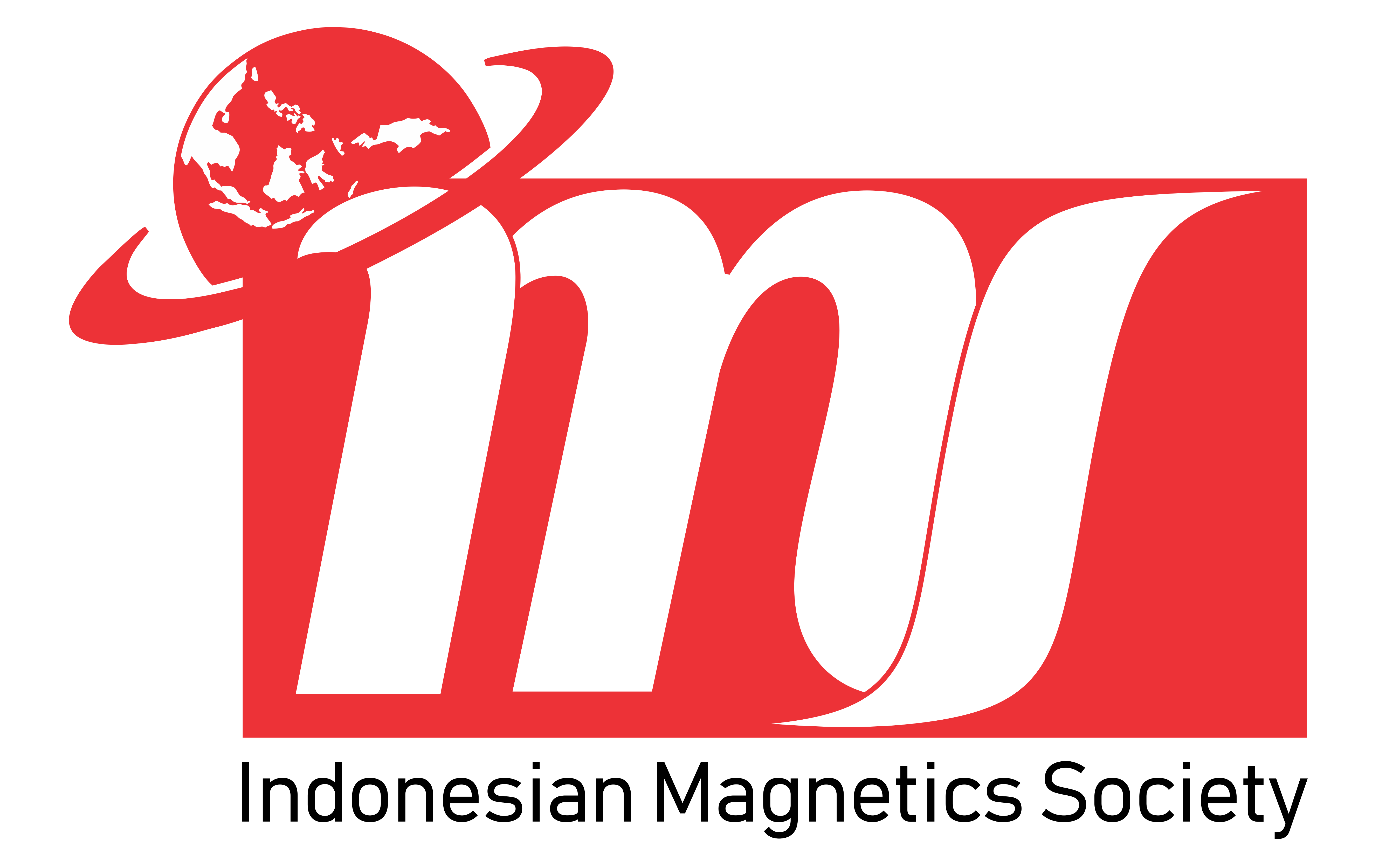Experimental study on the effect of hydraulic radius of stack on the performance of thermoacoustic prime mover with open resonator
Abstract
Thermoacoustic prime mover is a device which converts thermal energy into acoustic work. The device mainly consists of a resonator pipe, a stack (a porous medium), and two heat exchangers. Four stacks were made of a pile of stainless wire-mesh screens with various mesh numbers of #12, #14, #16, and #18, providing the effective hydraulic radius of 0.32 mm, 0.28 mm, 0.25 mm, 0.23 mm, respectively. Each stack has 4 cm length. By using the wire-mesh screens, it is easier to vary the hydraulic radius of stack than any other material. The stack is sandwiched between a hot heat exchanger and an ambient heat exchanger. The resonator is made of a stainless-steel pipe with one end open and the other closed. The stack and heat exchangers are placed inside a resonator pipe near the closed end. The thermal energy were provided by using an electric heater which is installed at the hot heat exchanger. Ambient water was flowing through the ambient heat exchanger. Sound is produced by the stack when the temperature difference between the both ends of stack reachs an onset point. This experiments were performed by recording the temperatures at both ends of stack and the pressure amplitudes of the sound at several points along the resonator for various hydraulic radius of stack. It is found that the effective hydraulic radius of 0.28 mm gives the lowest onset temperature, the shortest time to reach onset condition, and the highest pressure amplitude which are 314°C, 299 s, and 2.89 kPa, respectively. The frequency of sound is not altered by the change of hydraulic radius of stack.
Keywords
Full Text:
PDFReferences
Abduljalil, A. S., Yu, Z., & Jaworski, A. J. (2011). Selection and Experimental Evaluation of Low-cost Porous Materials for Regenerator Applications in Thermoacoustic Engines. Materials and Design, 32, 217-228.
Agarwal, H., Unni, V. R., Akhil, K., Ravi, N., Iqbal, S. M., Sujith, R., et al. (2016). Compact Standing Wave Thermoacoustic Generator for Power Conversion Applications. Applied Acoustics, 110, 110-118.
Atchley, A. A. (1994). Analysis of The Initial Buildup of Oscillations in A Thermoacoustic Prime Mover. The Journal of the Acoustical Society of America, 95, 1661-1664.
Chen, R. L., & Garret, S. L. (1998). Solar/Heat Driven Thermoacoustic Engine. The Journal of the Acoustical Society of America, 103, 813-814.
Gardner, D. L., & Howard, C. Q. (2009). Waste-Heat-Driven Thermoacoustic Engine and Refrigerator. Proceedings of Acoustics.
Hao, X., Ju, Y., Behera, U., & Kasthurirengan, S. (2011). Influence of Working Fluid on The Performance of A Standing-wave Thermoacoustic Prime Mover. Cryogenics, 51, 559-561.
Hariharan, N., Sivashanmugam, P., & Kasthurirengan, S. (2015). Studies on Performance of Thermoacoustic Prime Mover. Experimental Heat Transfer, 28, 267-281.
Jin, T., Huang, J., Feng, Y., Yang, R., Tang, K., & Radebaugh, R. (2015). Thermoacoustic Prime Movers and Refrigerators: Thermally Powered Engines Without Moving Components. Energy, 93, 828-853.
Murti, P. (2015). Studi Eksperimental Pengaruh Jejari Hidrolik dan Panjang Stack Terhadap Kinerja Prime Mover Termoakustik Gelombang Berdiri. Jurusan Teknik Mesin dan Industri. Yogyakarta: Universitas Gadjah Mada.
Normah, M., Irfan, A., Koh, K., Manet, A., & Zaki, A. (2013). Investigation of A Portable Standing Wave Thermoacoustic Heat Engine. Procedia Engineering, 56, 829-834.
Rott, N. (1980). Thermoacoustics. Advances in Applied Mechanics, 20, 135-175.
Saechan, P. (2014). Application of Thermoacoustic Technologies for Meeting The Refrigeration Needs of Remote and Rural Communities in Developing Countries. Department of Engineering. Leicester: University of Leicester.
Setiawan, I., Murti, P., Utomo, A. B., & Achmadin, W. N. (2015). Pembuatan dan Pengujian Prime Mover Termoakustik Tipe Gelombang Tegak. Proceeding Seminar Nasional Tahunan Teknik Mesin, XIV.
Ueda, Y. (2009). Experimental Evaluation of The Acoustic Properties of Stacked-screen Regenerators. The Journal of the Acoustical Society of America, 125, 780-786.
Refbacks
- There are currently no refbacks.







